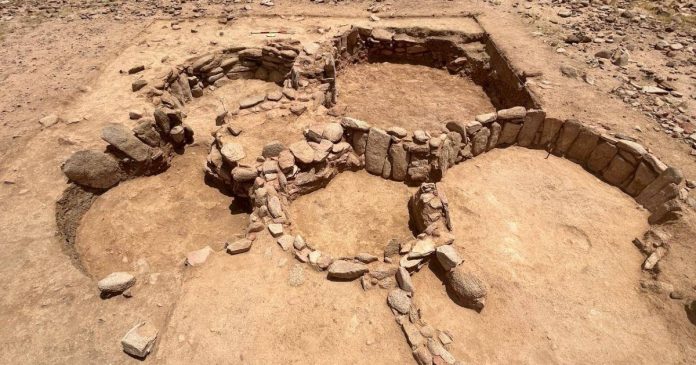The Masyoun Pre Pottery Neolithic Connection reveals a pivotal chapter in human history through the discovery of an ancient settlement in Saudi Arabia. Archaeologists unearthed this site, known as Masyoun, northwest of Tabuk, which dates back over 11,000 years. This find marks the oldest known stable human community in the Arabian Peninsula.
Discovery and Excavation at Masyoun
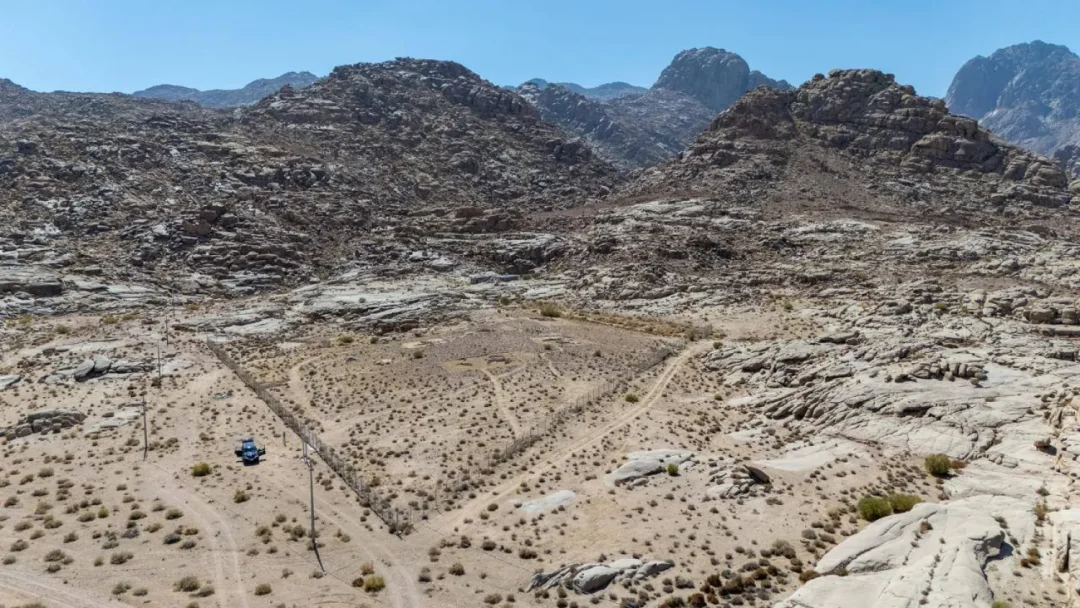
The Saudi Heritage Commission announced the Masyoun site in September 2025 after extensive fieldwork. Experts first registered the location in the National Antiquities Register in 1978. Renewed excavations began in December 2022 and ran through May 2024, covering four intensive seasons.
A joint team from the Heritage Commission, NEOM, and Japan’s Kanazawa University led the digs. They focused on a 2,000 square meter area within the site’s total 11,000 square meter expanse. Workers used precise grid systems to map layers and catalog artifacts.
This collaboration highlighted Masyoun’s role in the Masyoun Pre Pottery Neolithic Connection. The team found semi-circular structures built from local granite stones. These included homes, storage rooms, pathways, and fireplaces that showed organized daily life.
Key Artifacts and Daily Life Evidence
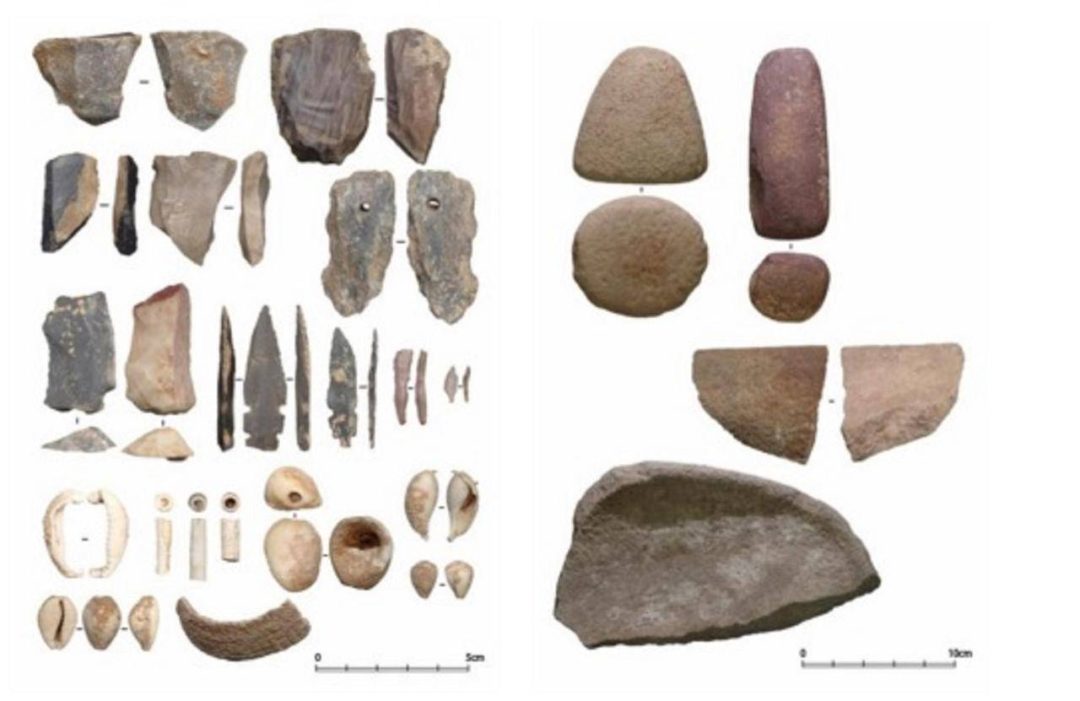
Diggers recovered diverse stone tools at Masyoun. Arrowheads, knives, and grinding mills pointed to hunting and early grain processing. Ornaments made from amazonite, quartz, and seashells suggested decorative practices and possible trade.
Human remains, animal bones, and bull horns appeared in the finds. Decorated pieces with geometric lines hinted at social or ritual symbols. Burials revealed funerary customs, including graves with skeletons that indicated community ties.
The site’s elevation at 1,424 meters on Jabal al-Lawz’s eastern slopes provided a strategic spot. Lakes and vegetation likely supported life during a wetter climate phase. Residents hunted wild game and cultivated grains, blending nomadic and settled habits.
These elements strengthen the Masyoun Pre Pottery Neolithic Connection by showing early architectural planning. Storage areas implied food surpluses and forward thinking. Non-local materials like certain stones suggested exchanges with distant groups.
Environmental and Chronological Context
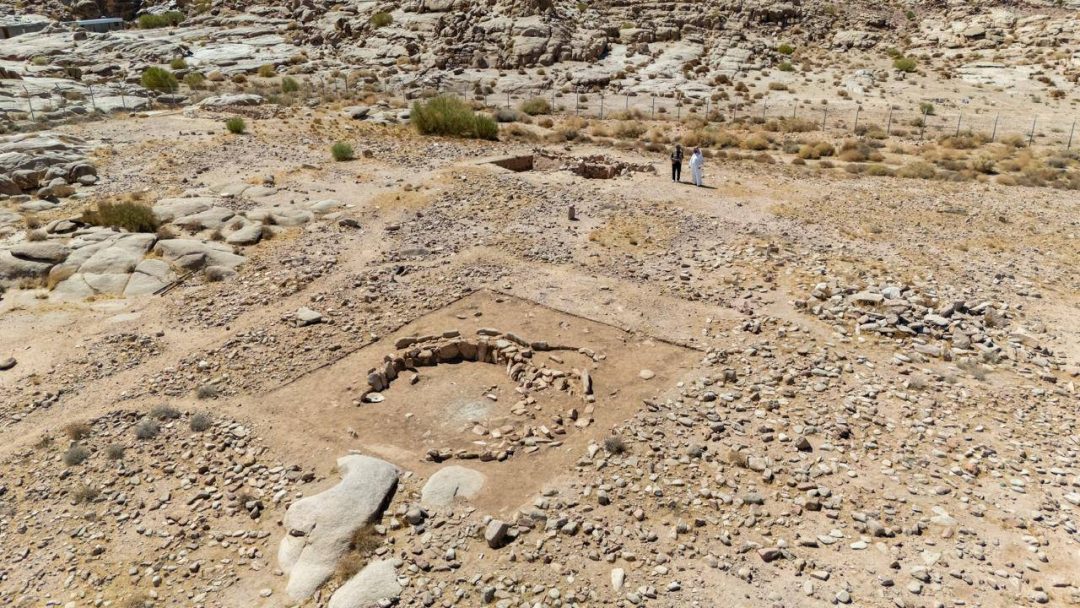
Radiocarbon dating placed Masyoun between 11,000 and 10,300 years before present. This aligns with the Pre Pottery Neolithic A phase, a time of human transition from roaming to rooting in place. The Arabian Peninsula experienced a “Green Arabia” period then, with increased rainfall fostering lakes, rivers, and grasslands.
Climate data from cores in nearby lakes confirm this humid era. It lasted from about 12,000 to 5,500 years ago, enabling population growth and innovation. Masyoun residents adapted to this environment, building durable homes that withstood seasonal changes.
The site’s timeline predates pottery invention, hence the Pre Pottery label. Tools relied on stone, bone, and wood. This phase predates full domestication of plants and animals in the region, though early experiments occurred.
Significance for Arabian Prehistory
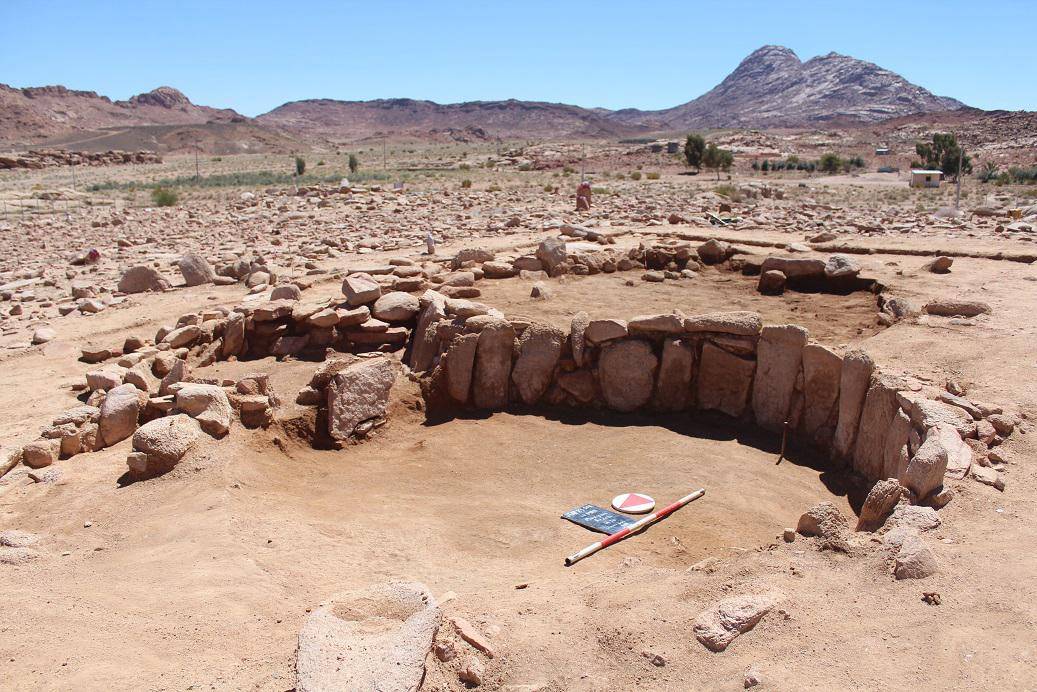
Masyoun reshapes views on early human life in Arabia. Historians once saw the peninsula as a barren transit zone. Now, evidence positions it as a hub for innovation and settlement.
The Heritage Commission emphasized Masyouns link to the Fertile Crescent. This arc from Mesopotamia to the Levant traditionally held the Neolithic cradle. Masyoun extends that influence southward, showing cultural flows across regions.
Saudi officials plan further digs to uncover more details. The site joins a growing list of Arabian discoveries, like rock art in Hail and settlements in Al-Ula. These finds boost tourism and research, drawing global experts.
Rewriting Arabian Prehistory
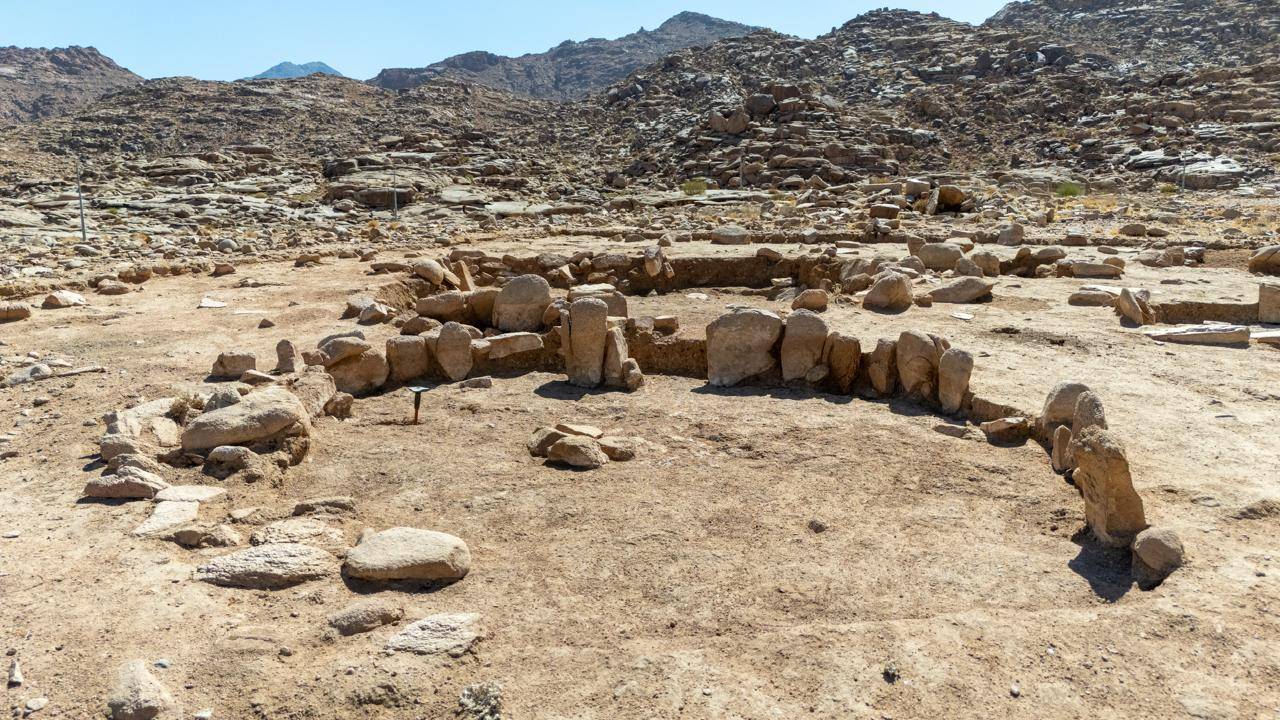
Masyoun doesn’t stand alone; it anchors a wave of discoveries reshaping Arabia’s narrative. Sites like Jebel Qatta, in the Nefud Desert, reveal Pre Pottery Neolithic tools scattered from around 9,000 years ago. Rock art in Hail and Al-Ula depicts hunters and herders, while Al-Ula’s ancient tombs hint at later settlements. The Masyoun Pre Pottery Neolithic Connection ties these threads, positioning Arabia not as a barren periphery but a vibrant hub.
The Saudi Heritage Commission’s push, backed by Vision 2030, fuels this renaissance. International teams flock to sites, blending tech like LiDAR scans with old-school digs. Yet challenges loom: erosion, looting, and climate threats demand urgent conservation, with digital models preserving what wind might erase.
These revelations question the narrative on human origins. Historians once credited the Fertile Crescent alone with sedentary beginnings. Now, Masyoun proves they were not alone, with Arabia innovating alongside its northern counterparts.
Comparative Analysis: Masyoun and Taş Tepeler Sites
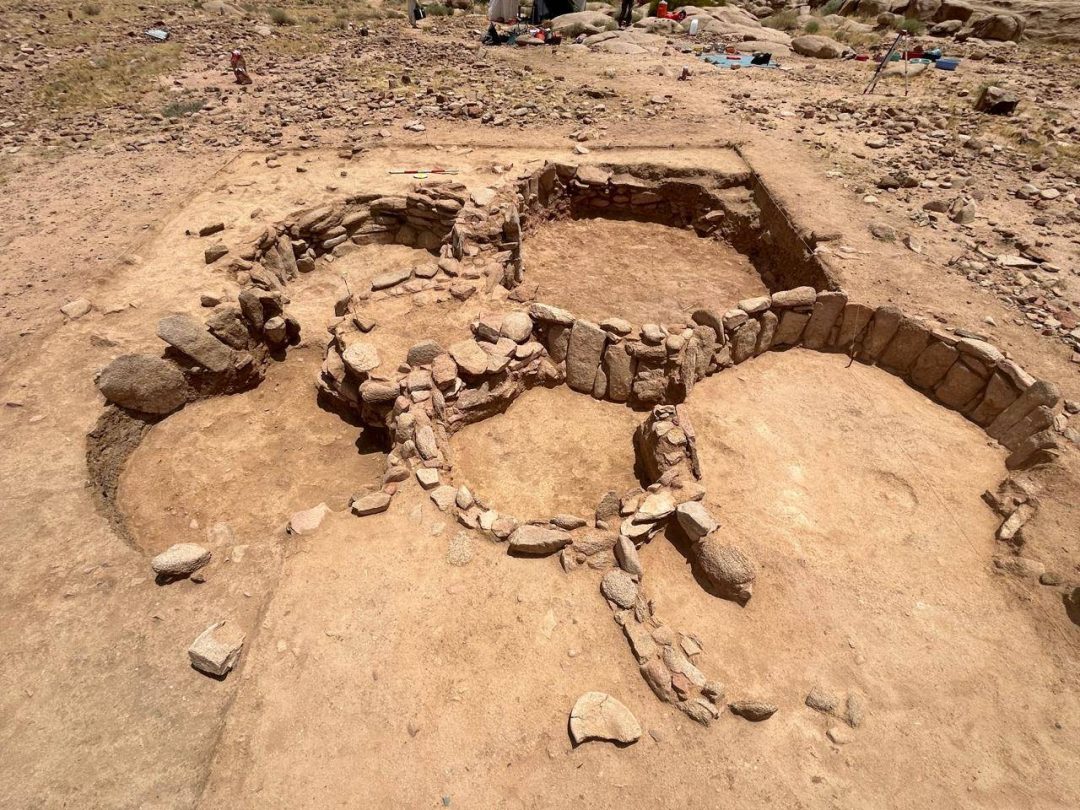
The Masyoun Pre Pottery Neolithic Connection draws striking parallels to Turkey’s Taş Tepeler, or “Stone Hills,” a cluster of Pre Pottery Neolithic marvels in the Şanlıurfa region dating from 9,500 to 7,000 BCE. Sites like Göbekli Tepe and Karahan Tepe, unearthed since the 1990s, feature monumental T-shaped pillars carved with beasts and symbols, once thought purely ritual.
Masyoun Settlement Similarities
But recent digs peel back more layers. At Göbekli Tepe, domestic dwellings stone houses with grinding tools and cisterns, emerged in excavations since around 2022. These confirm a settled village, not just a ceremonial hub, mirroring Masyoun’s blend of home and hearth. Karahan Tepe’s enclosures, with abstract motifs, echo Masyoun’s geometric decorations, suggesting shared symbolic worlds.
Taş Tepeler’s scale dazzles: Göbekli’s 18-foot pillars demanded hundreds of workers, implying organized labor absent in pure hunter-gatherer bands. Masyoun’s smaller structures hint at similar coordination, with granite walls hauled and fitted by communal effort. Both regions lacked pottery, relying on stone tools for hunting and grinding, arrowheads at Masyoun are akin to Taş Tepeler’s projectiles.
Environmental ties bind them too. Taş Tepeler flourished in Upper Mesopotamia’s fertile plains during the same post-Ice Age wet phase that greened Arabia. Desert kites, stone traps for game, dot both landscapes, from Jordan’s borders to Şanlıurfa’s hills. These funneled herds into kills, a strategy Masyoun hunters likely shared.
Masyoun teases grain processing edging toward cultivation. As did the now submerged Nevalı Çori. Göbekli’s grand enclosures may have hosted feasts or rites, fostering social bonds; Masyoun’s burials with horns suggest clan rituals, perhaps ancestor veneration.
Genetic studies from Taş Tepeler, trace Anatolian ancestry rippling to the Levant and beyond; possibly influencing Arabian groups via migration routes. Sites like Harbetsuvan Tepesi, with acropolis-like hills, parallel Masyoun’s elevated vantage, offering defensive or symbolic perks.
This cross-regional diffusion fuels debates: Did ideas come from the Fertile Crescent, or did parallel inventions bloom? The Masyoun Pre Pottery Neolithic Connection leans toward exchange, with trade beads and stone tools hinting at ancient highways.
A Legacy That Endures
Masyoun’s story is just beginning. In a world grappling with change, these pioneers took advantage of shifting climates, building futures from stone.
Future digs promise more DNA from bones, could map migrations, linking Masyoun to Taş Tepeler. As we uncover these layers, the Masyoun Pre Pottery Neolithic Connection reminds us: humanity’s dawn wasn’t confined to riversides but echoed across deserts, one settlement at a time.

